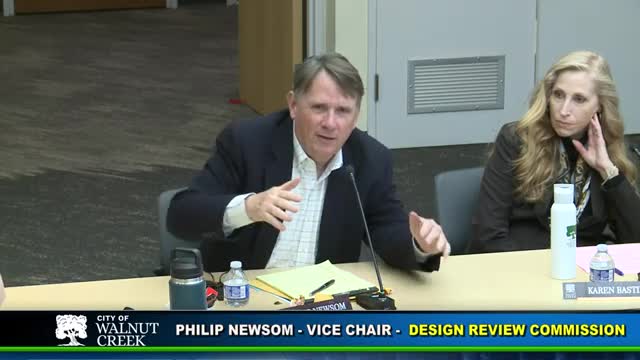Design Review Commission explores updating sign regulations for local businesses
February 12, 2025 | Walnut Creek City, Contra Costa County, California
Thanks to Scribe from Workplace AI and Family Portal , all articles about California are free for you to enjoy throughout 2025!

This article was created by AI using a video recording of the meeting. It summarizes the key points discussed, but for full details and context, please refer to the video of the full meeting. Link to Full Meeting
One of the central themes of the meeting was the balance between maintaining the unique identity of businesses and ensuring that signage adheres to updated regulations. Commissioners expressed concerns about how new guidelines might affect existing businesses, particularly those that may wish to update their signage. Questions arose regarding whether older businesses would need to navigate a permitting process to comply with new standards or if they could simply conform to the updated patterns without additional hurdles.
The dialogue also touched on the broader purpose of the proposed changes. Some commissioners questioned whether the goal was to completely rewrite the existing regulations or simply to make necessary updates. The consensus seemed to lean towards a comprehensive review, with an emphasis on gathering feedback from the business community and residents to determine the desired outcomes. This approach aims to ensure that any revisions align with community interests while addressing the frequent exceptions that currently complicate the regulatory landscape.
The meeting underscored the importance of community engagement in shaping the future of Walnut Creek’s visual environment. As the city considers these changes, the feedback from local businesses and residents will be crucial in guiding the decision-making process. The anticipated outcome is a set of regulations that not only enhance the aesthetic appeal of the city but also support the vitality of its commercial landscape.
In conclusion, the discussions at the joint meeting reflect a proactive approach to urban planning in Walnut Creek. As the city moves forward, the integration of community feedback will be essential in crafting sign regulations that balance creativity, identity, and clarity, ultimately shaping the visual character of Walnut Creek for years to come.
Converted from Walnut Creek Design Review/Planning Commission Joint Meeting: 1/30/25 meeting on February 12, 2025
Link to Full Meeting
Comments
View full meeting
This article is based on a recent meeting—watch the full video and explore the complete transcript for deeper insights into the discussion.
View full meeting